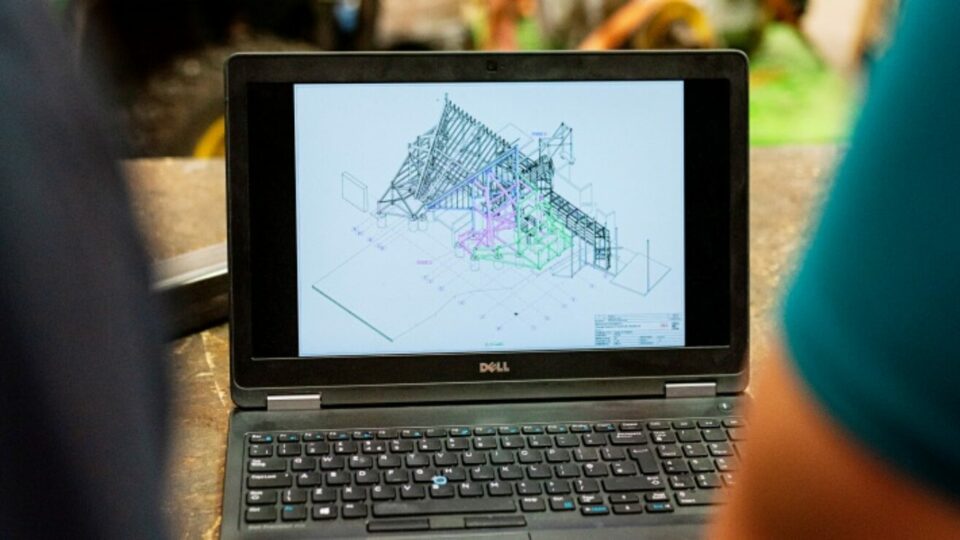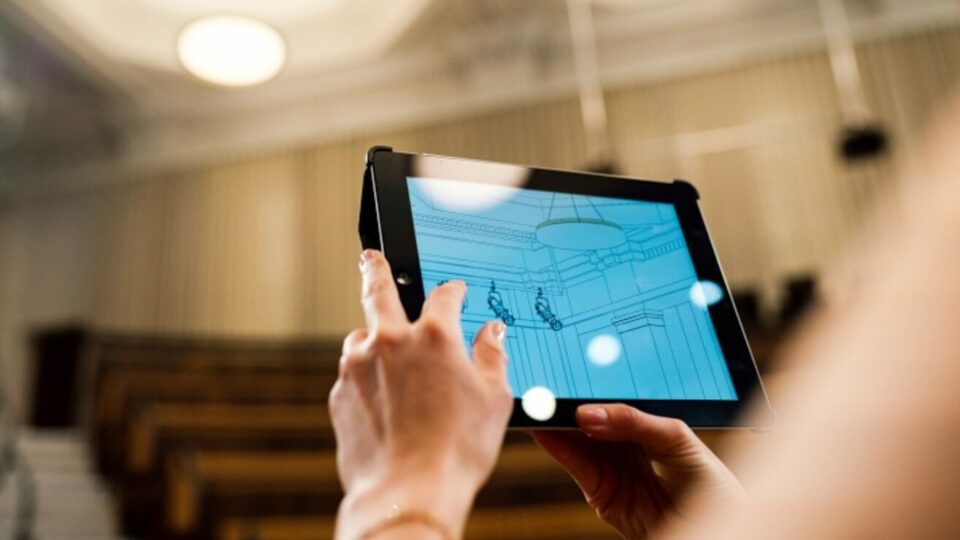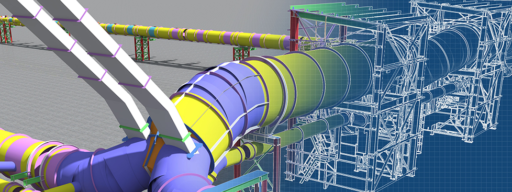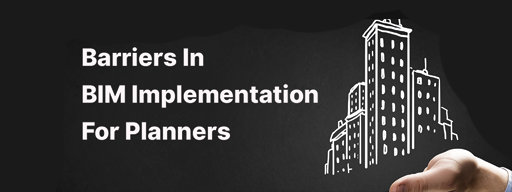How to implement BIM
BIM is a useful tool in architecture, construction, and engineering. This type of digital project developing has many benefits and can significantly improve stakeholder collaboration so that your projects go according to plan.
What is BIM?
BIM stands for Building Information Modelling. It is a 3D tool and methodology that focuses on a collaborative process during the building, design, and construction process.
More specifically, BIM relies on a highly data-driven approach. This helps to ensure efficiency in planning, reduced financial and environmental impact, and better overall management.
In our blog post about BIM you can learn more about it.

How to Implement BIM in 7 Steps
1. Gain Executive Support
The adoption of BIM in one’s business is no simple undertaking. So, you need to ensure that you have buy-in from the team and the various project stakeholders. The decision to transition to BIM is an elaborate process. However, these costs are negligible in the long run when compared with the benefits of an integrated, comprehensive system.
Buying-in to new technology may also involve some form of change management on an organisational level. For example, a business may need to employ a BIM manager to facilitate the transition.
In the past, a multitude of project leaders and executives have dismissed BIM as a high-cost and time-intensive process that will detract from the already busy schedules and workflows.
However, the value and benefits of BIM can easily outweigh these concerns. Often, it stems down to something as simple as a lack of understanding on your senior’s side. In this instance, it would be helpful to take the time to outline the industry-wide adoption of the new methodology and explain the benefits that lie therein for a greater chance of convincing them to get on board.
Another way to increase the possibility of their consideration is to align BIM implementation with the business goals. Once you have top-level support, you can move onto the next step.
2. Develop A Plan
Strategy and plans are the fundamental tools necessary to implement any new process or project. For this reason, it is a good idea to create a structured BIM Implementation Plan (BIP). This document would detail everyone’s roles, and define the goals and requirements.
Another consideration that is important to keep in mind is that BIM is a new process, so it will take time for your business to adjust. Admittedly, projects may not always go according to plan. As such, the review and adjustment of goals are necessary processes to keep your business on track.

3. Choose Software
Before choosing the BIM software you want to use, you need to do some research. Equip yourself with an understanding of all the available features so that you can choose the right software for your needs. These include 3D modelling, scheduling and planning, cost estimation and budgeting, efficiency improvement and more.
When you select your software, quality should be one of the first considerations. It is also important to ensure that the software will be well-suited to all your requirements and future workflows.
Making this decision can be daunting. So, we recommend trying out several software applications before purchasing. Many have free trials so that you can test out their features. This allows you to see whether it would be a good fit for your business.
Alternatively, if you find a software suited to you, you can submit a request for a walk-through of the processes to gain a better understanding.
4. Set Goals
Setting strategic goals can help your team stay on track and have a clear idea of what you want to achieve. These goals need to be specific, measurable, achievable, realistic and mapped onto a timeline. One such goal will be to define success and what that looks like for the business.
When it comes to keeping on track with your goals and viewing your progress, BIM software can be useful.
5. Choose A Team
When forming the team for your BIM project, it is important to define all the roles within the project team. This way, everyone knows what is expected of them.
The team dynamic is also crucial in encouraging a positive uptake of the new software and workflows. Team members need to be open to learning from each other and sharing their experiences. A good idea would be to facilitate open learning sessions to encourage such an environment.
As a measure to ensure greater support on an organisational level, there should be some level of communication with the entire staff. For example, bimspot offers various model checks in the cloud so as to avoid any clashes when you plan. This helps to keep everything in line with the most updated project progress.

6. Train Your Employees
When starting out with new software, it is necessary for the project leader to ensure that their staff get the appropriate training for using the software. This process can take time as some employees may struggle to adapt. However, with carefully planned sessions, you can make the process easier.
In addition, it makes sense to go into a first pilot project as soon as the basics have been learned, in order to apply it directly. During the progress of the project, the knowledge should be expanded by online tutorials and webinars, which is efficient and at the same time cost-saving, since a lot of content is available on the web.
7. Monitor, Evaluate, Adjust
After you have taken the plunge and implemented BIM, the focus should then turn to improving your processes. This involves monitoring, evaluating, adjusting and repeating.
As you use the software, you will learn more and be able to make improvements to your projects. Reviewing different stages in your projects and making appropriate adjustments along the way will also help to improve the final products.
Conclusion about how to implement BIM
The implementation of BIM is a process that requires constant reevaluation. You should always keep an eye on industry trends and news to make sure your business is aware of the constantly unfolding changes. This will help you to continue to find ways to further optimize your processes.



